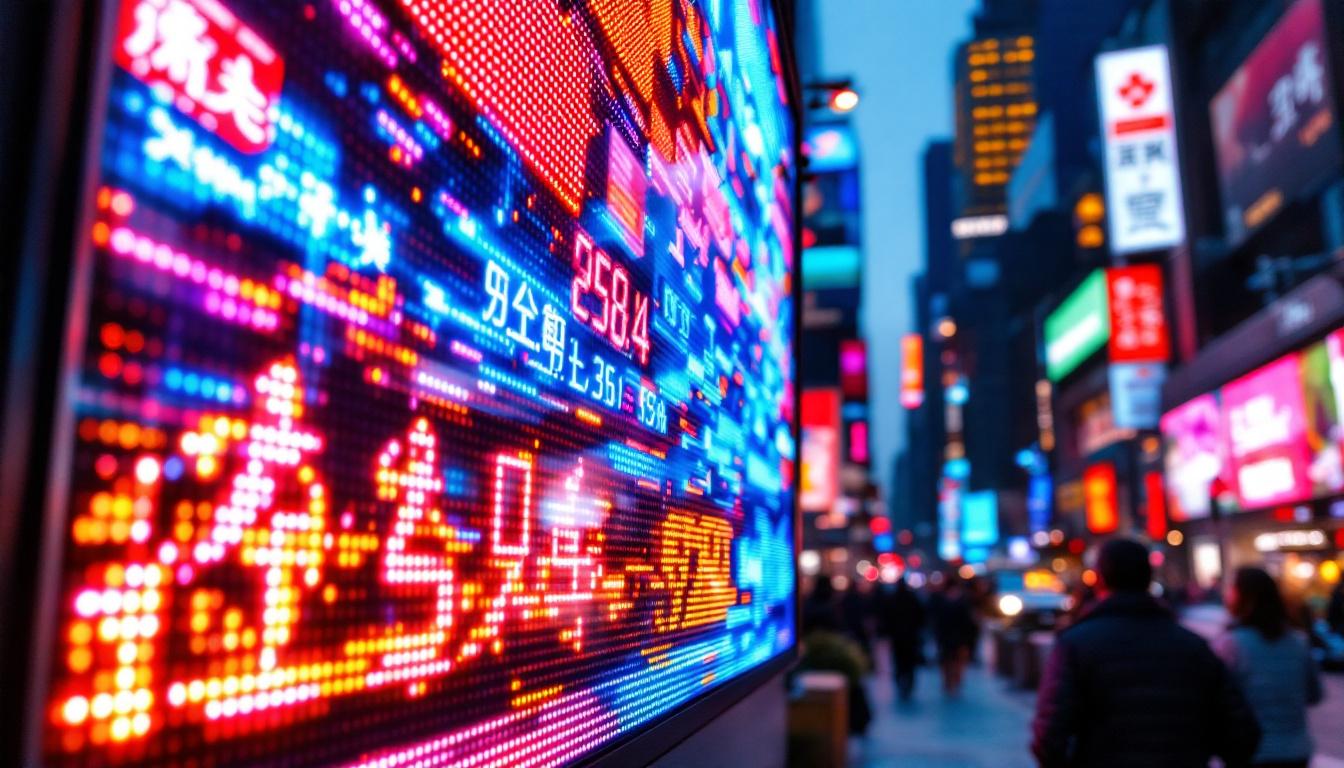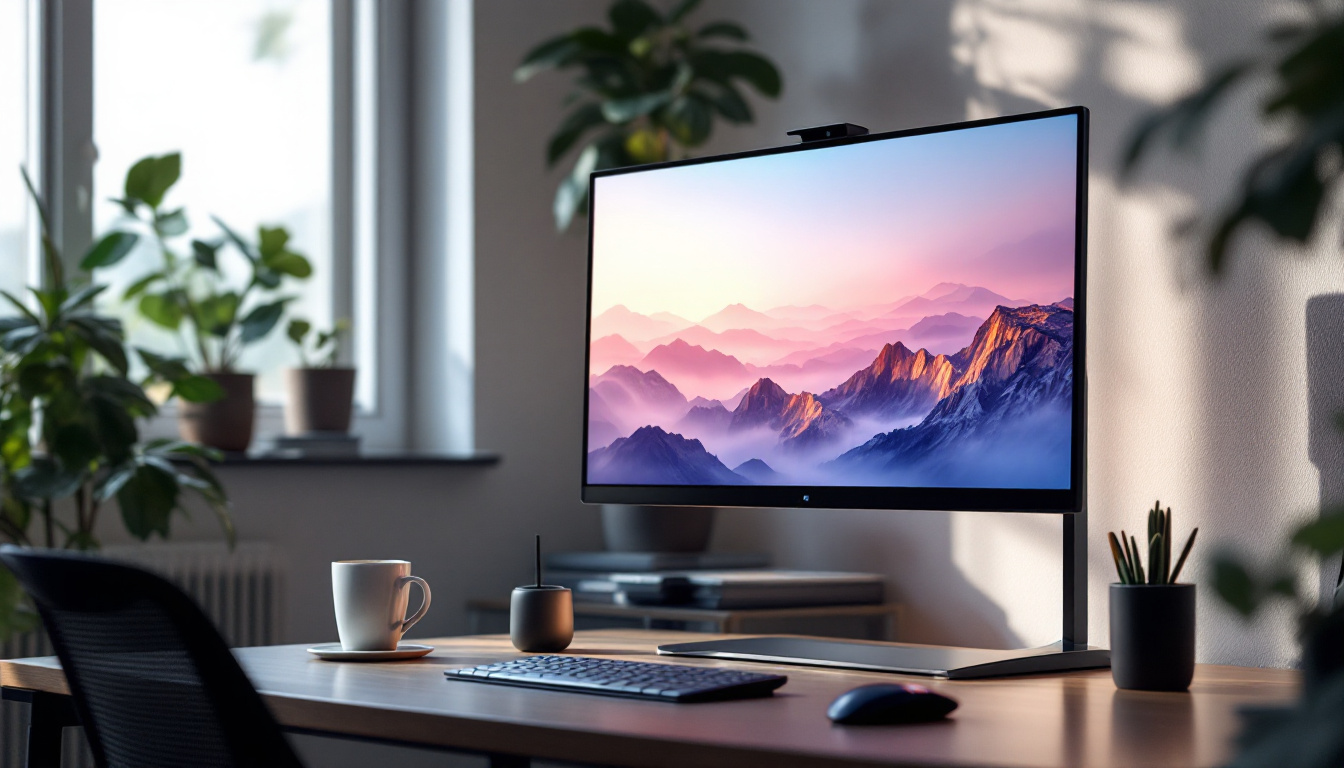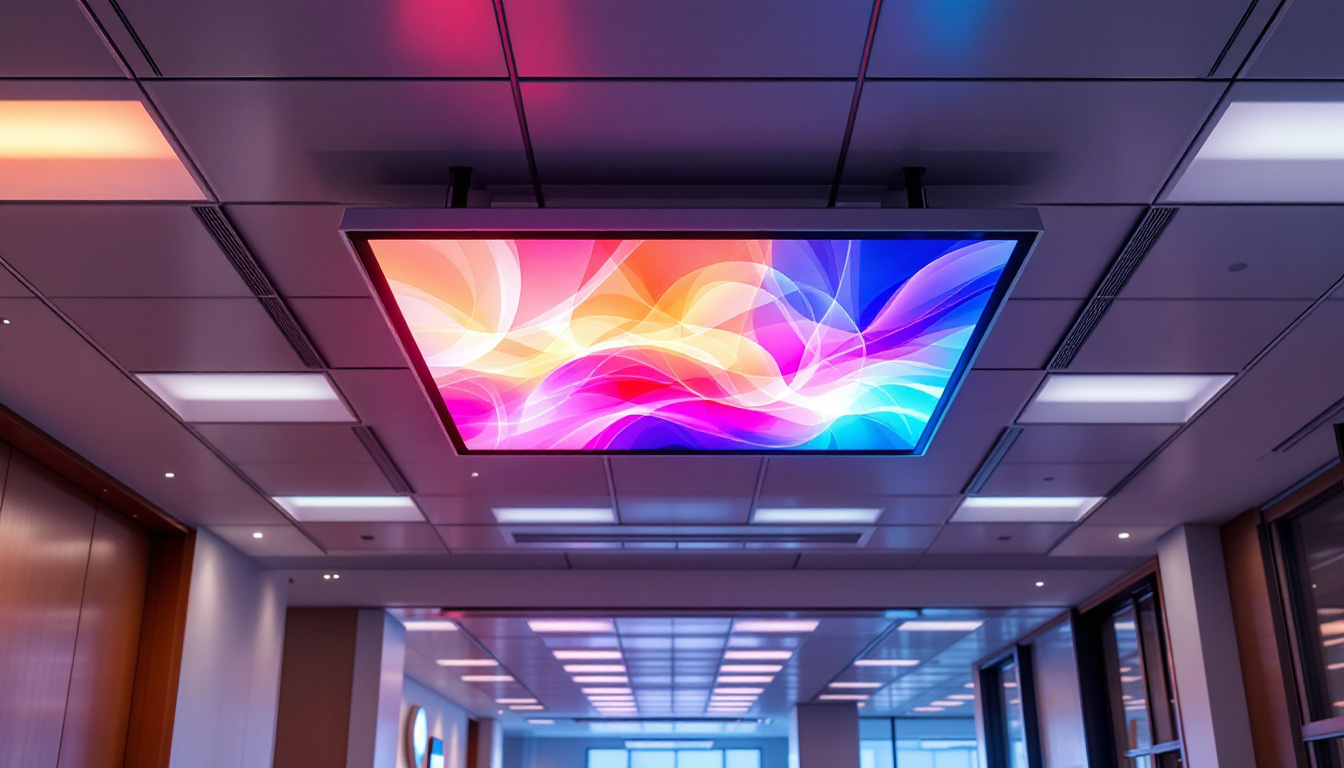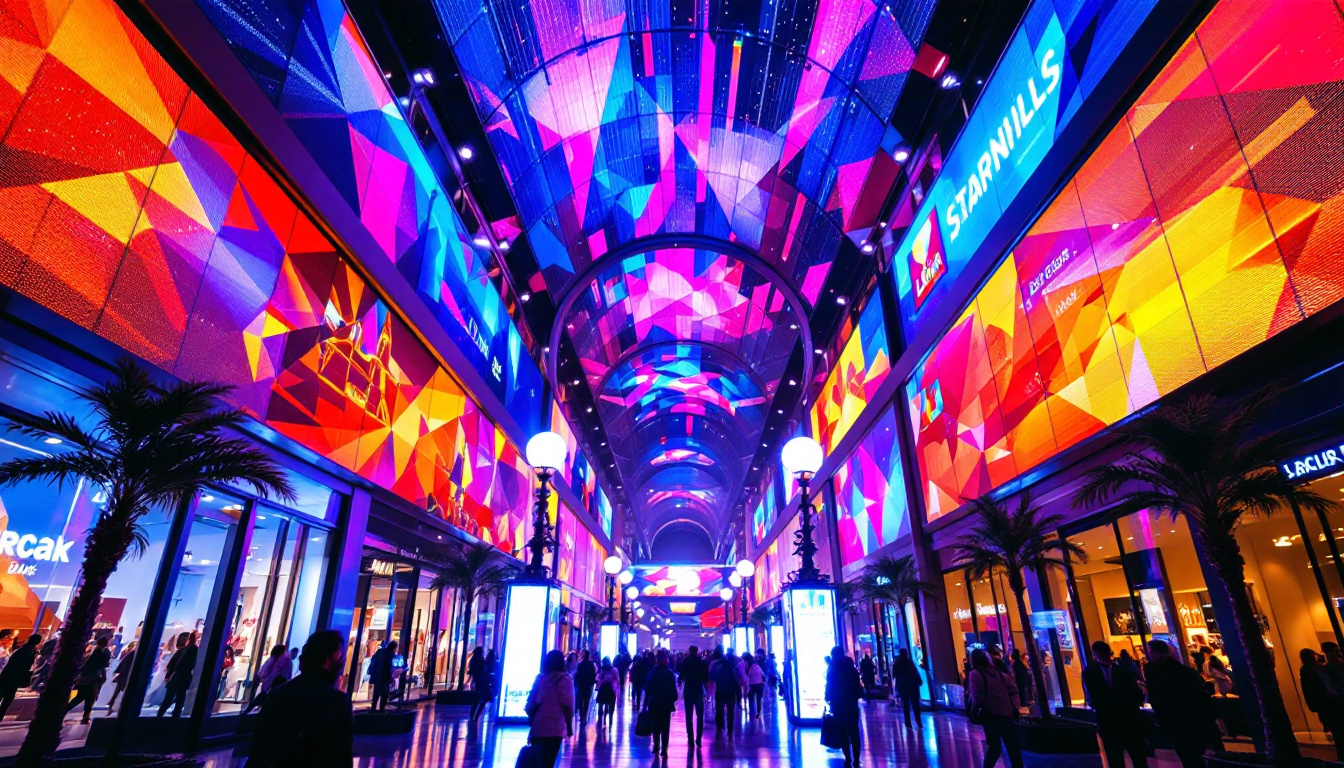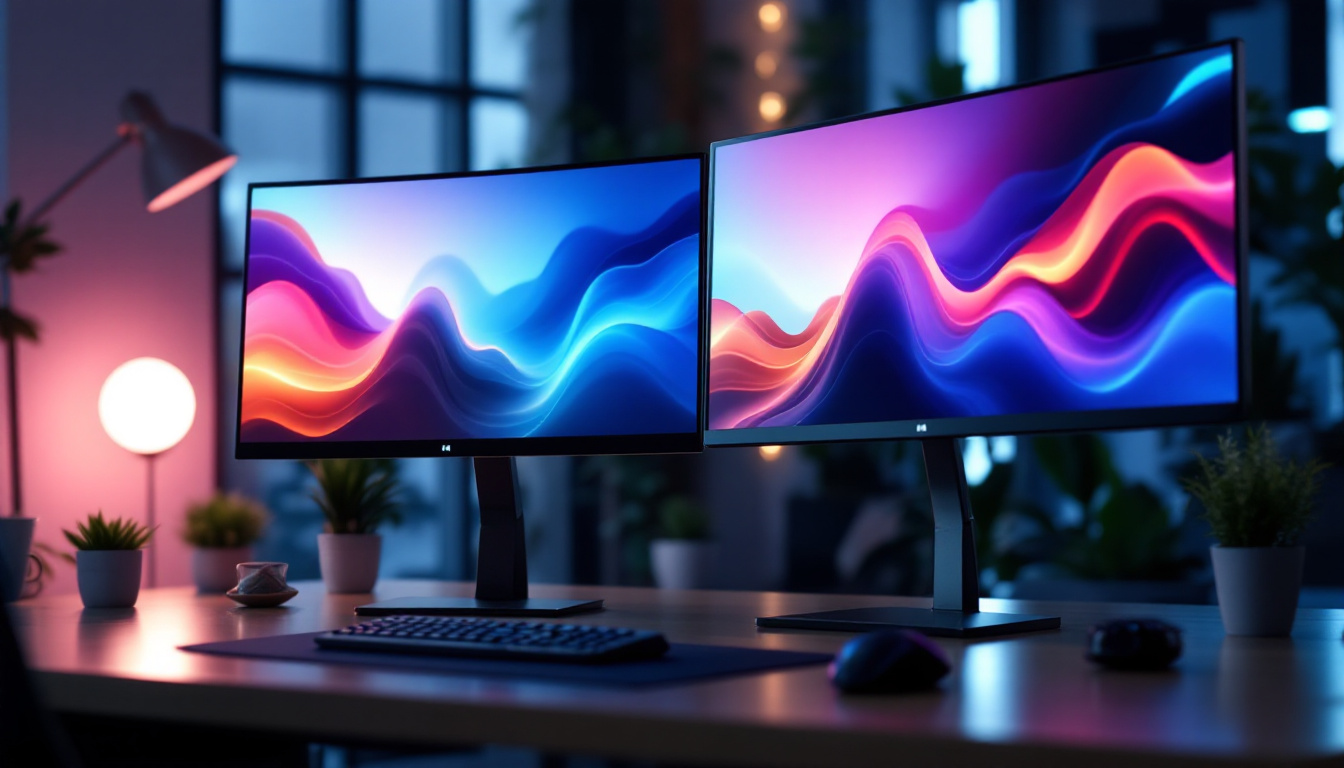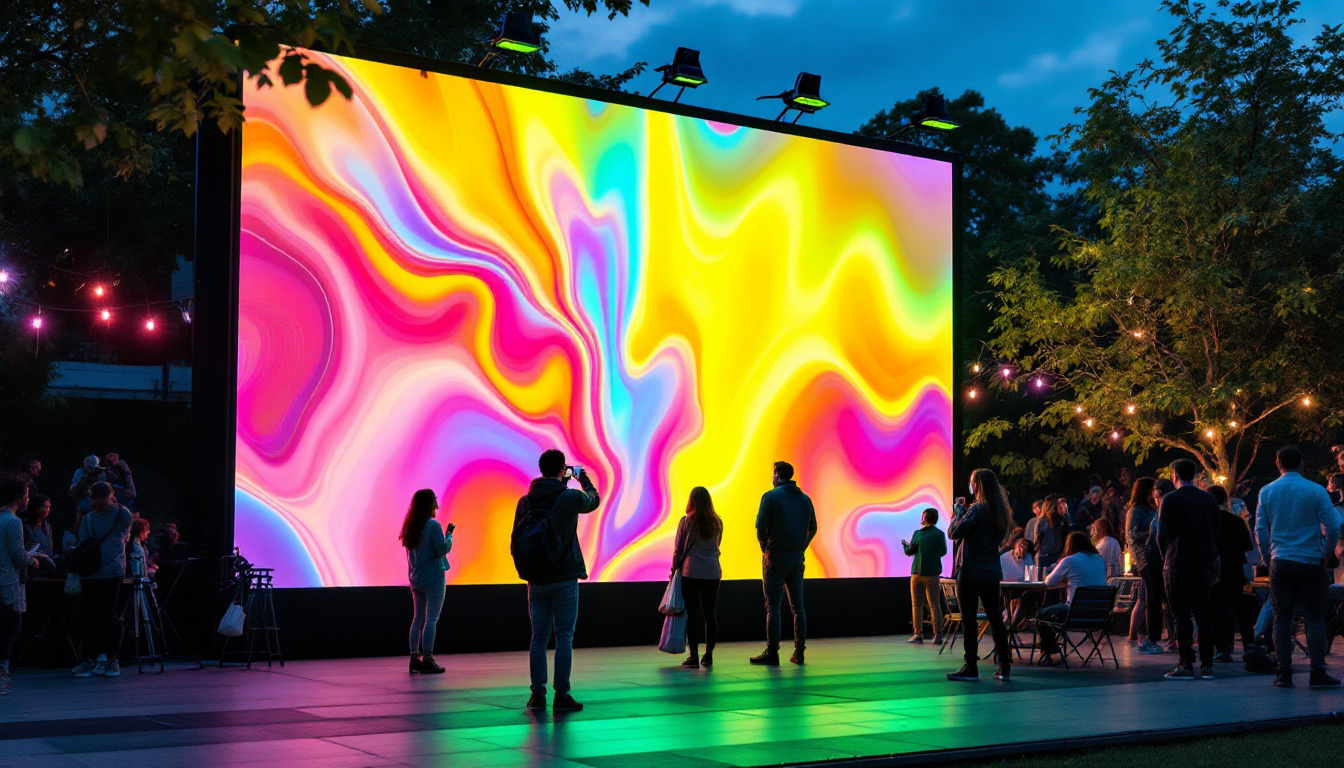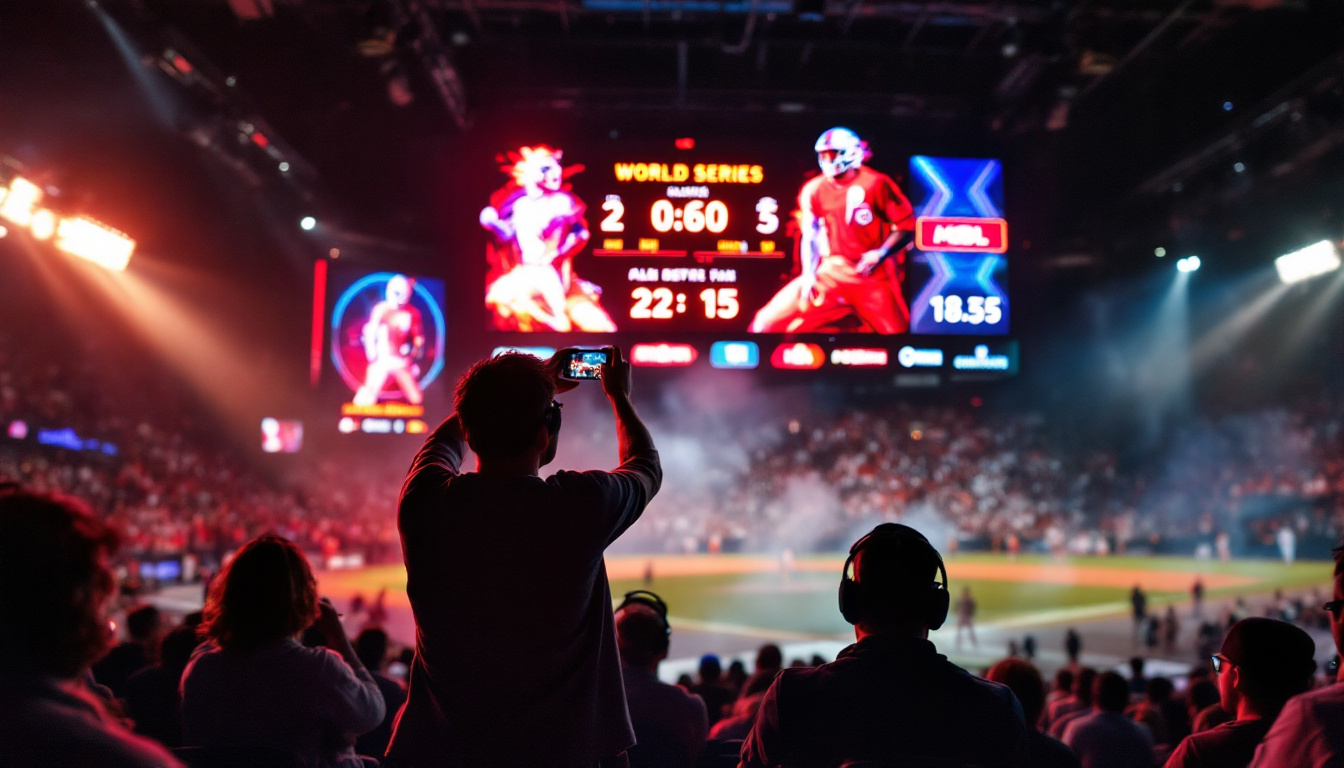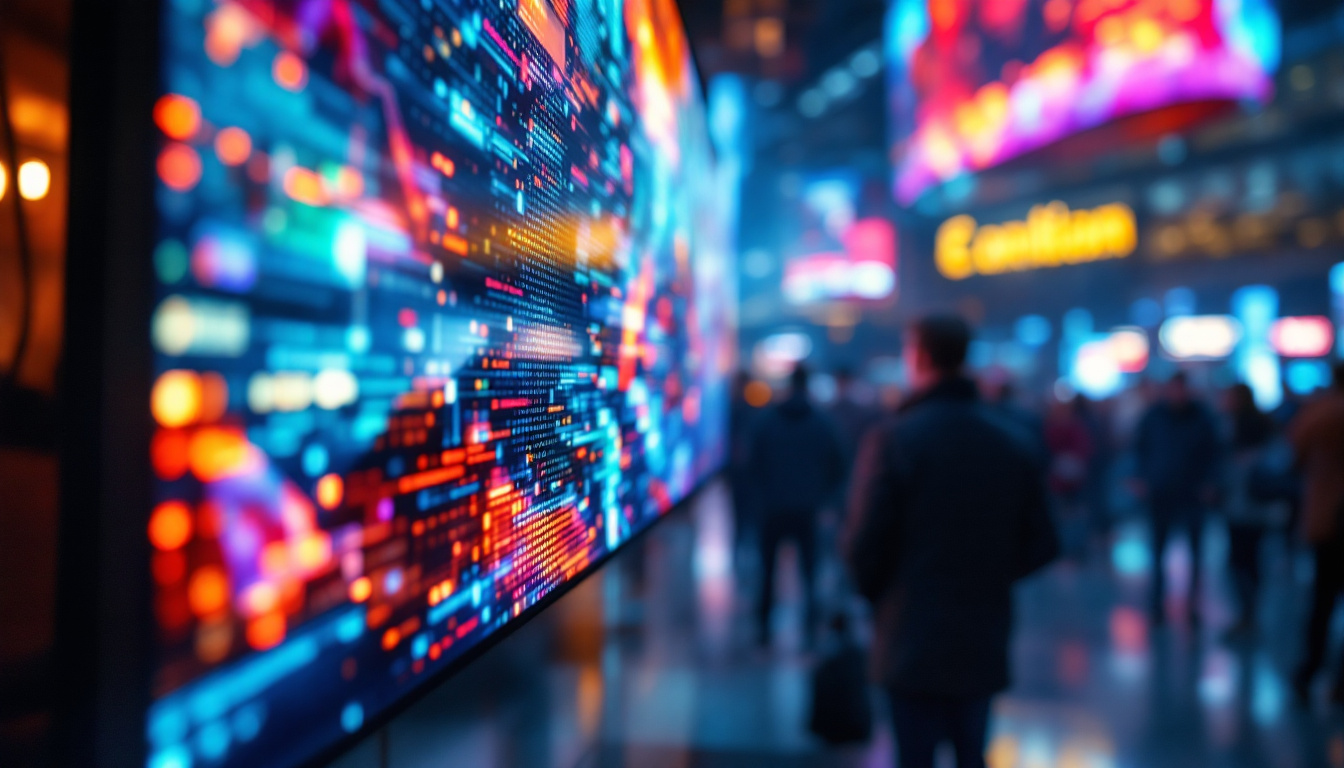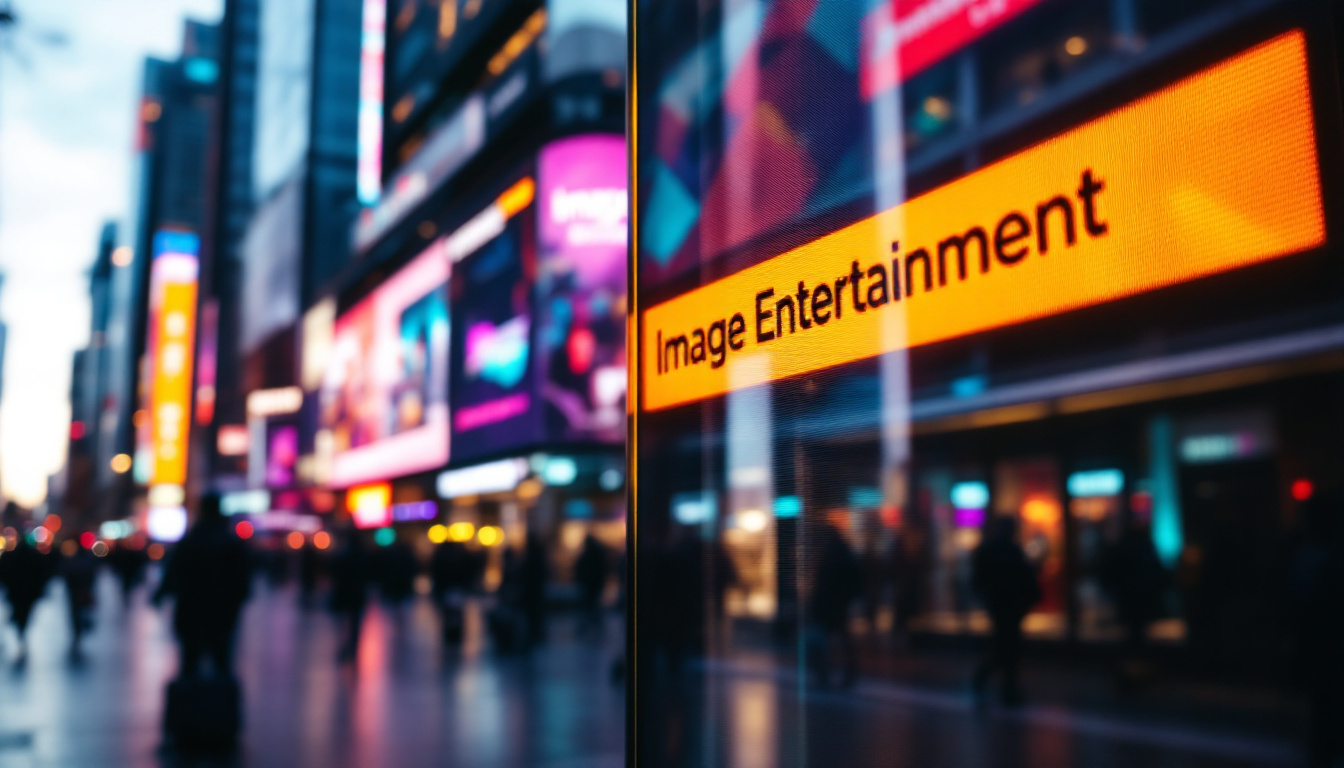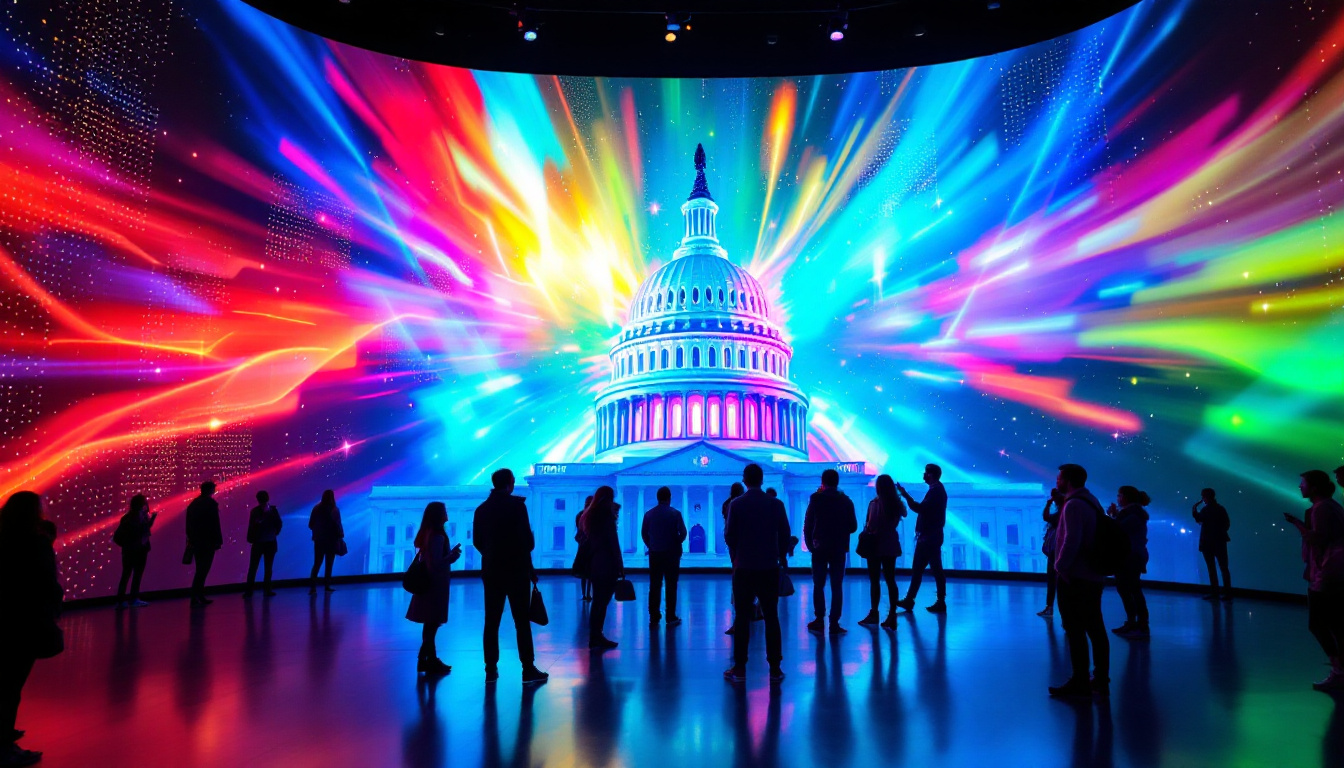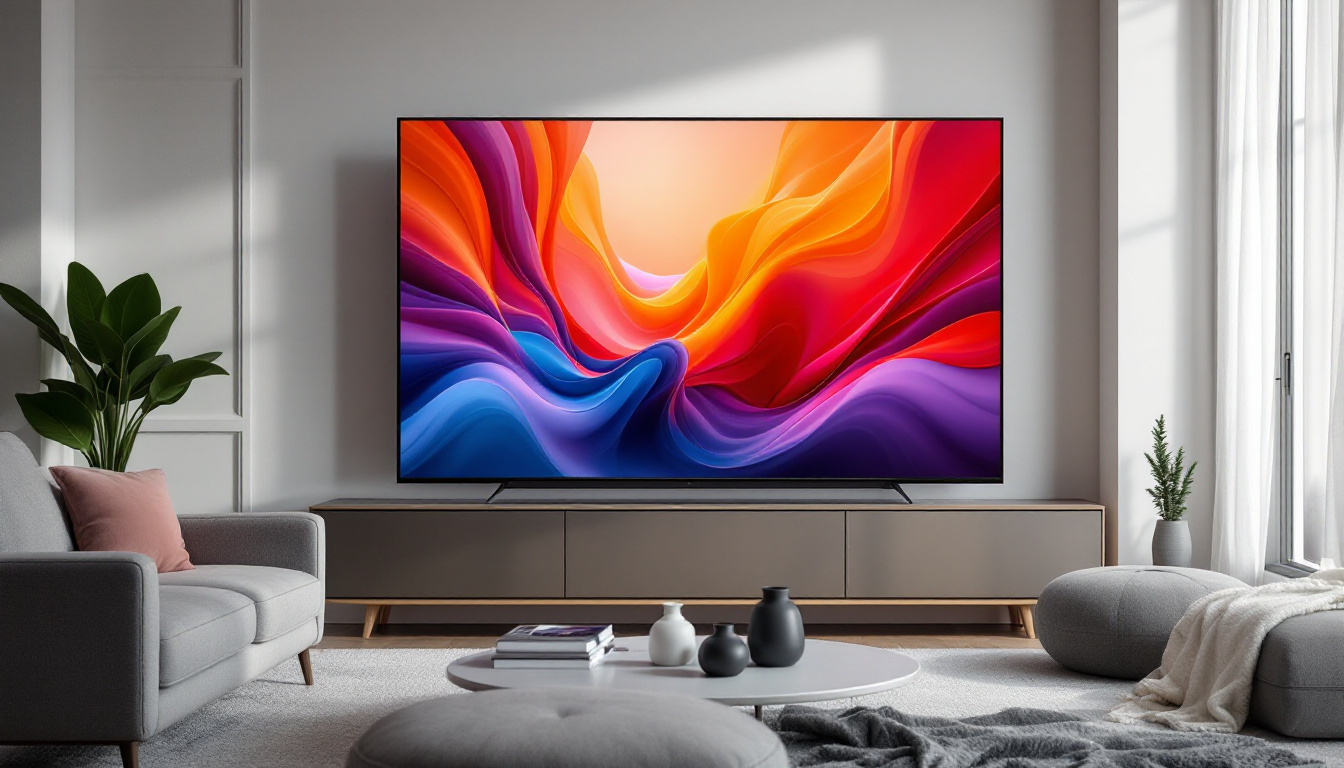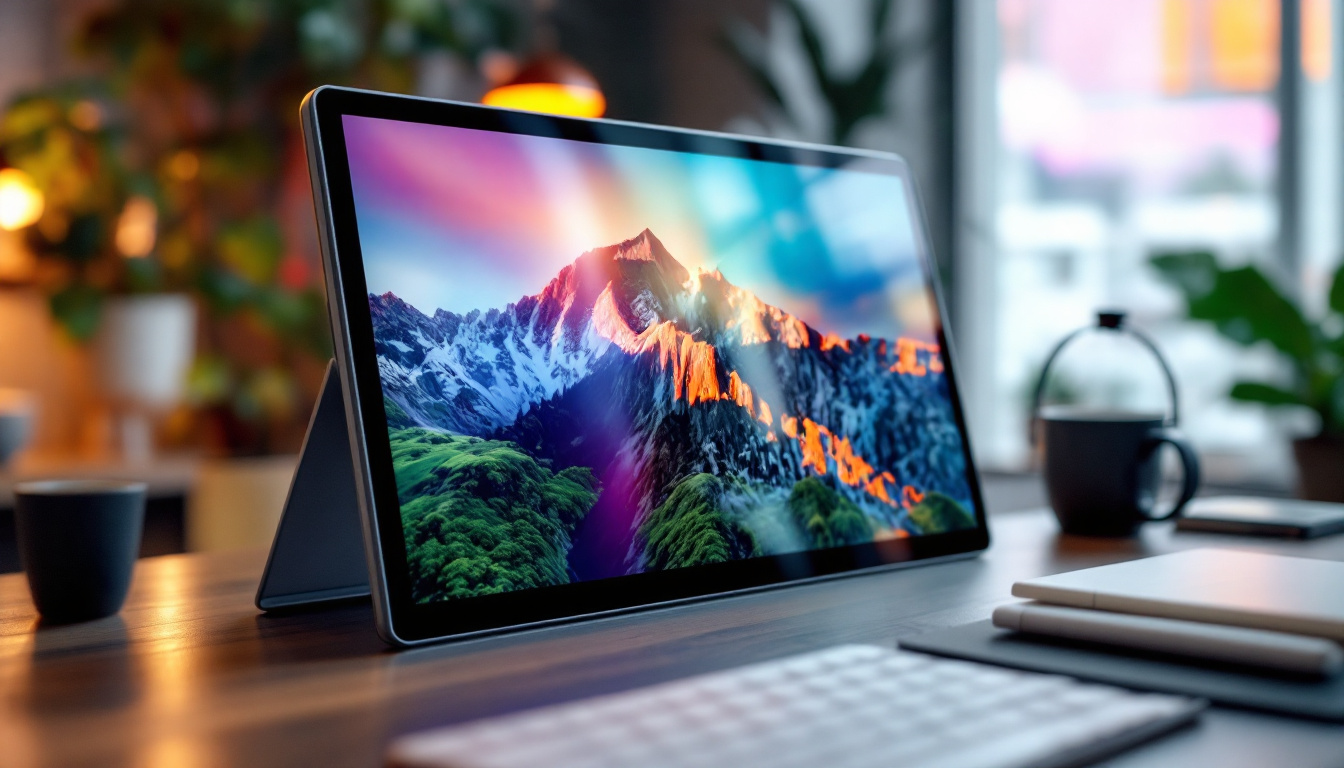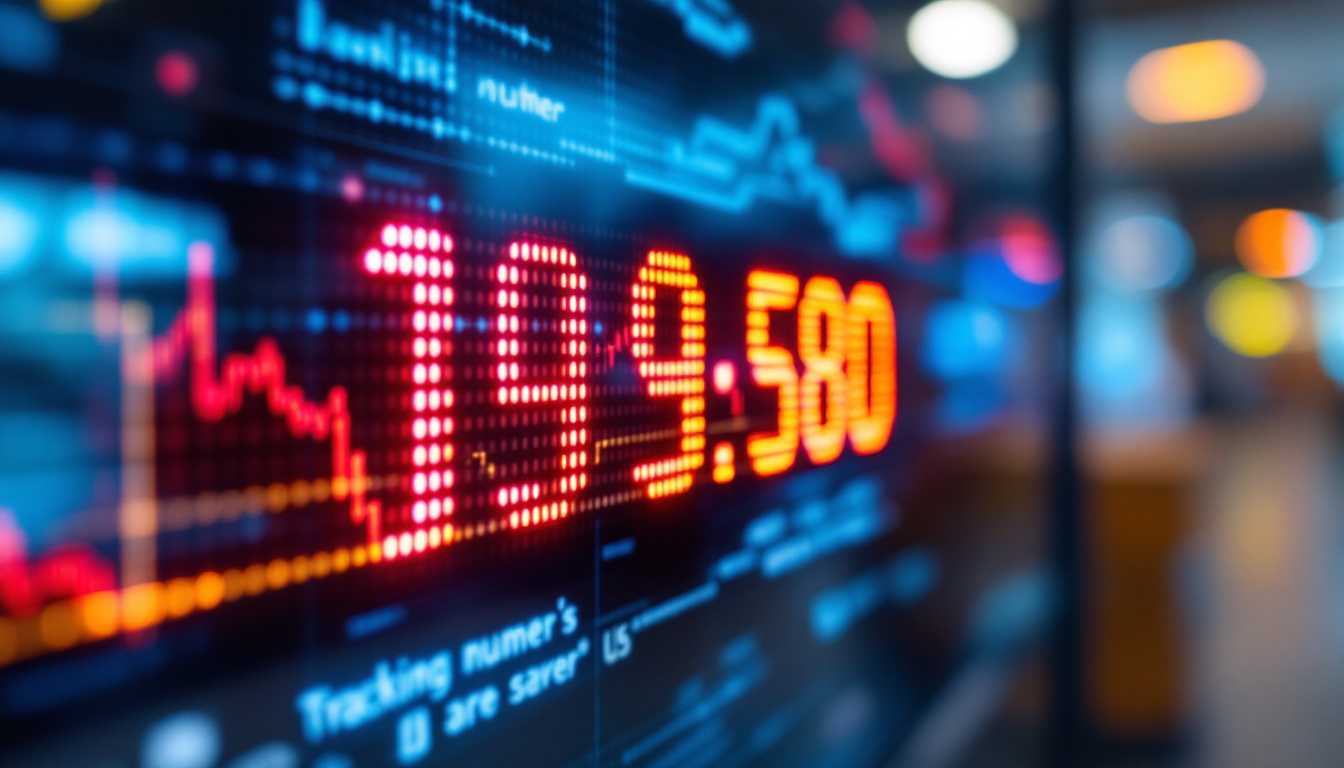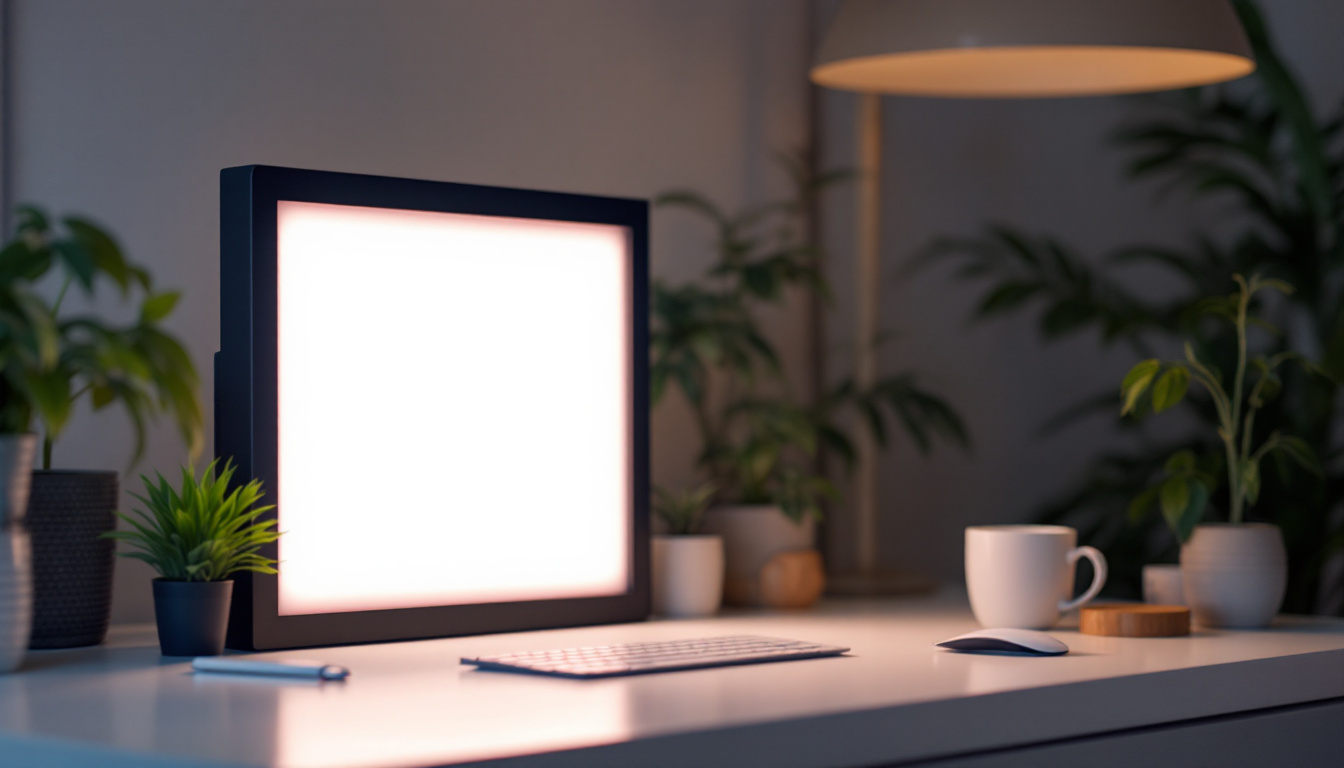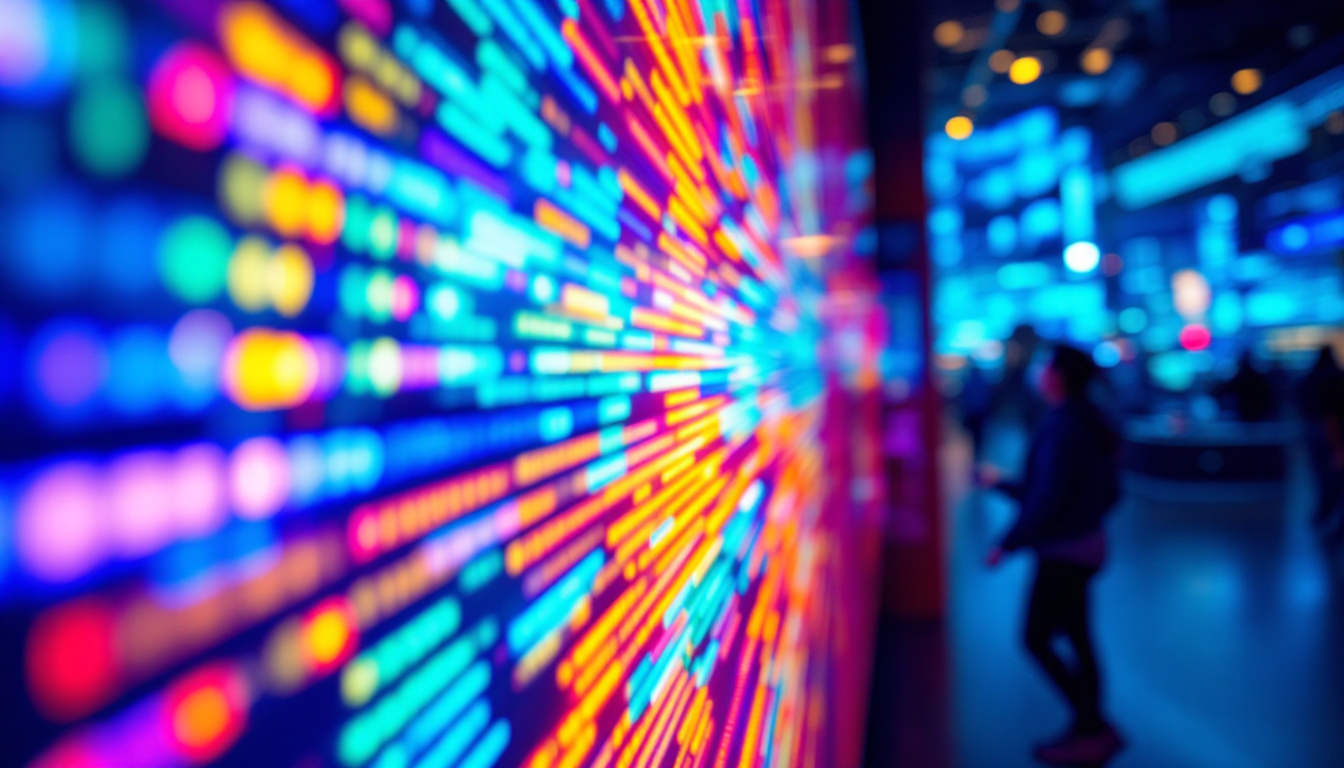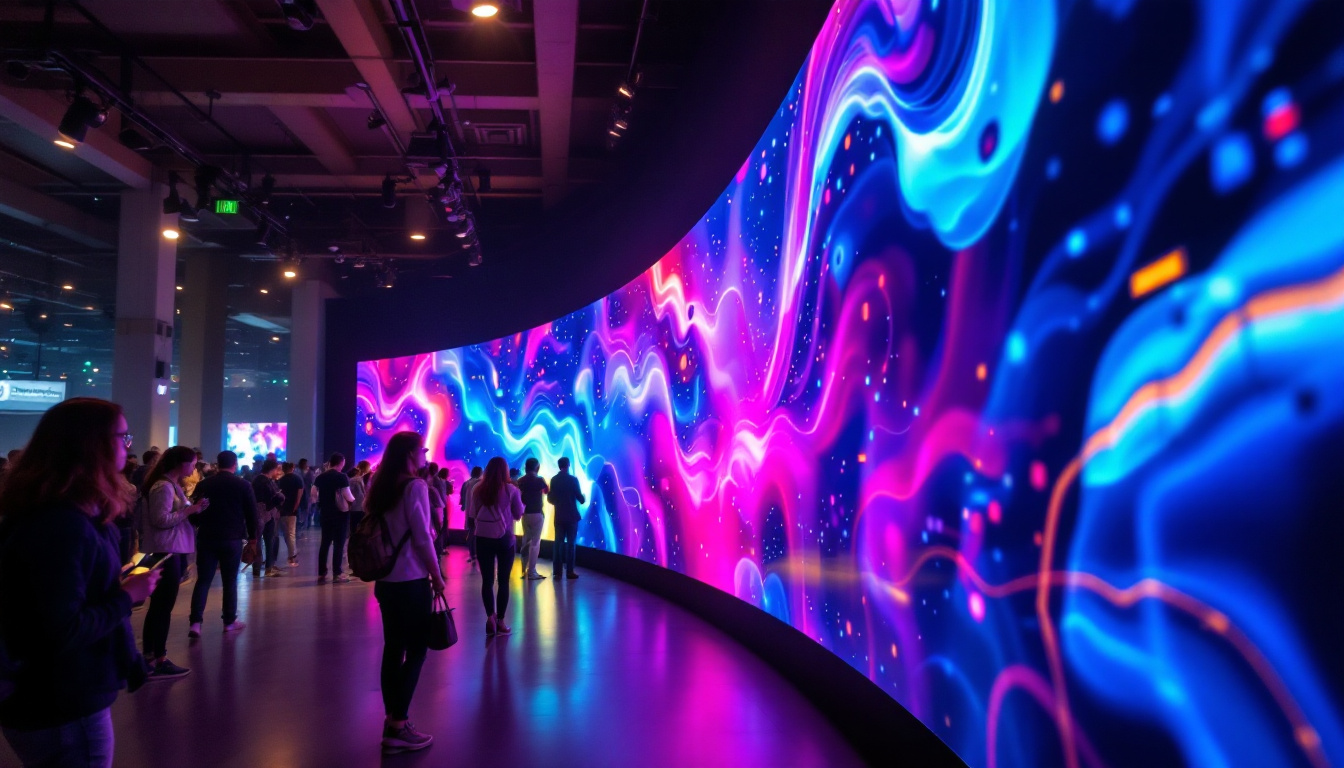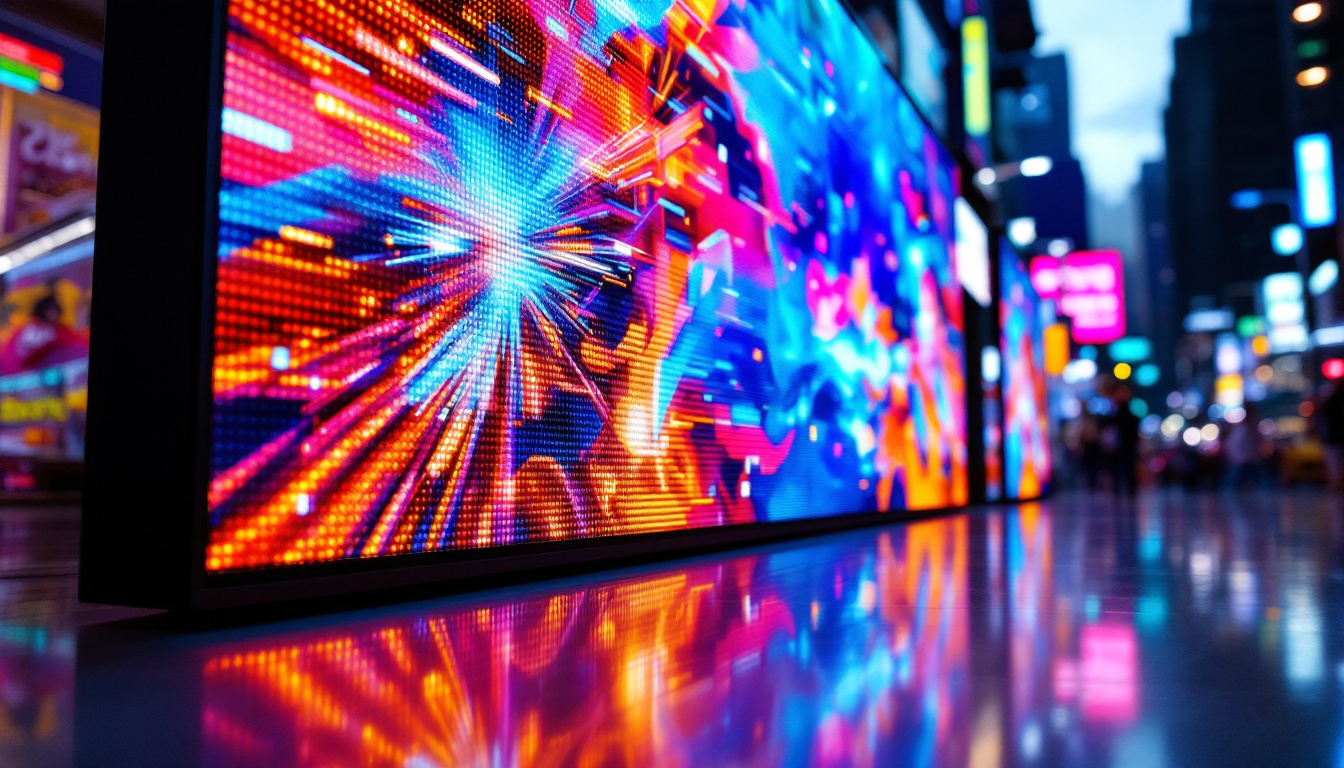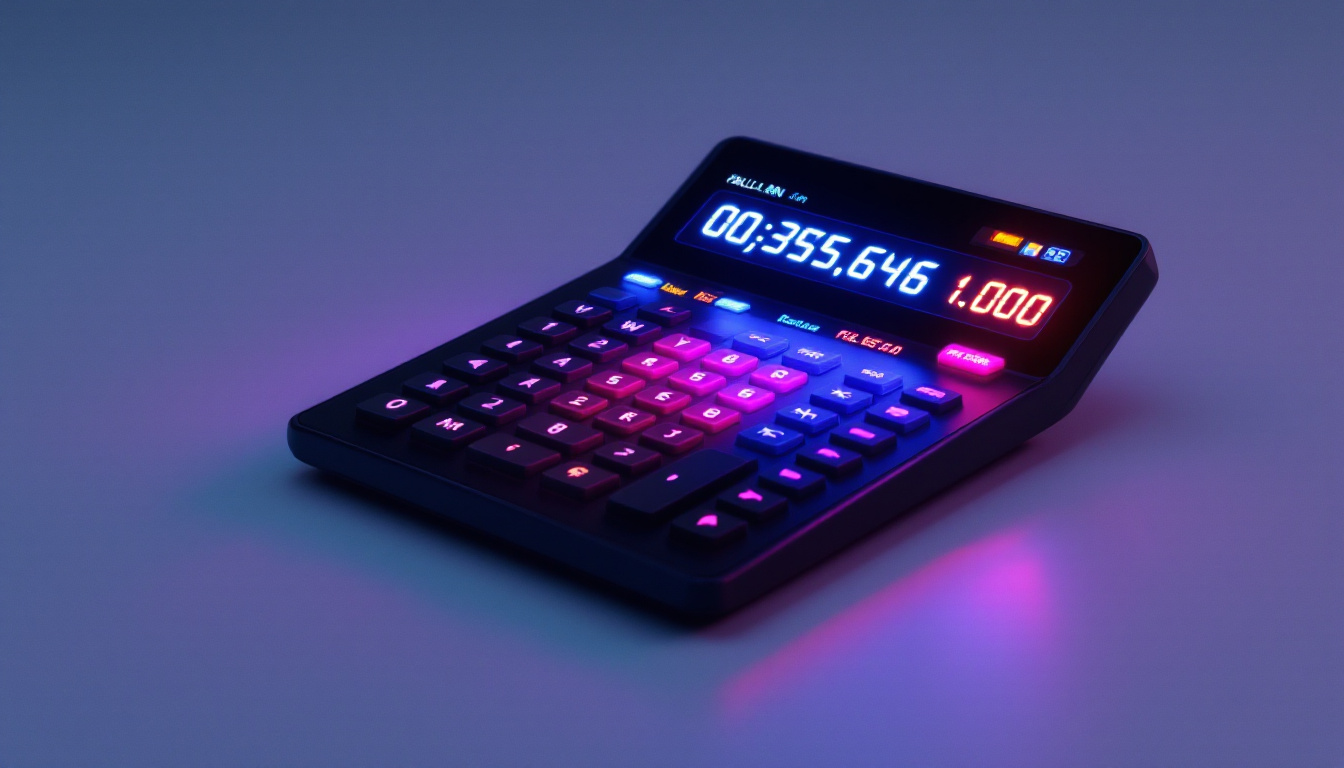In today’s fast-paced world, digital displays have become an integral part of communication, advertising, and information dissemination. Among the various display technologies available, LED boards stand out for their brightness, energy efficiency, and versatility. Whether it’s a massive billboard in Times Square or a small scoreboard in a local gym, LED displays are everywhere, captivating audiences with vivid visuals and dynamic content.
This article delves into the world of LED boards, explaining what they are, how they work, their types, applications, and the latest trends shaping this vibrant industry.
What Is an LED Board?
An LED board, often referred to as an LED display or LED screen, is a flat panel that uses light-emitting diodes (LEDs) as pixels to display images, videos, text, or animations. These boards are designed to be highly visible even in bright daylight, making them ideal for both indoor and outdoor use.
The fundamental component of an LED board is the LED itself—a semiconductor device that emits light when an electric current passes through it. Unlike traditional LCD or plasma screens, LED boards do not rely on backlighting; instead, each LED acts as an individual light source. This characteristic allows for superior brightness, contrast, and energy efficiency.
How Do LED Boards Work?
LED boards consist of thousands to millions of tiny LEDs arranged in a grid pattern. Each LED can be controlled independently to produce a specific color and brightness level. By varying the intensity of red, green, and blue LEDs, the display can render a full spectrum of colors.
Modern LED boards use sophisticated control systems and software to manage the content displayed. These systems send signals to the LEDs, telling them when to turn on or off and at what intensity. The result is a seamless, vibrant image that can be updated in real time.
Key Components of an LED Display
An LED board typically comprises several key components:
- LED Modules: These are the building blocks of the display, containing a matrix of LEDs arranged in pixels.
- Driver ICs: Integrated circuits that control the operation of LEDs, including brightness and color.
- Power Supply: Provides the necessary voltage and current to the LEDs and control electronics.
- Control System: Hardware and software that manage the content, timing, and synchronization of the display.
- Cabinet or Frame: The physical structure that houses the modules and protects them from environmental factors.
Types of LED Boards
LED boards come in various types, each designed for specific applications and environments. Understanding these types helps businesses and organizations choose the right display for their needs.
Indoor LED Displays
Indoor LED boards are designed for use inside buildings, such as shopping malls, airports, conference centers, and retail stores. These displays typically have a higher pixel density, meaning the LEDs are packed more closely together, resulting in sharper images and text at close viewing distances.
Because they are not exposed to harsh weather conditions, indoor LED boards can be lighter and thinner. Their brightness levels are generally lower than outdoor boards, optimized for indoor lighting conditions.
Outdoor LED Displays
Outdoor LED boards are built to withstand environmental challenges like rain, wind, dust, and extreme temperatures. They feature weatherproof enclosures and higher brightness levels—often exceeding 5,000 nits—to ensure visibility even in direct sunlight.
These displays are commonly used for billboards, stadium screens, traffic signs, and public information boards. The pixel pitch (distance between LEDs) is usually larger than indoor displays since viewers tend to be farther away.
Transparent LED Displays
Transparent LED boards are an innovative type of display that allows light to pass through, making them ideal for glass windows and storefronts. These displays maintain transparency while projecting vibrant images, enabling businesses to attract attention without blocking natural light.
Flexible and Curved LED Displays
Recent advancements have introduced flexible LED boards that can bend or curve, opening new possibilities for creative installations. These displays are used in architectural designs, exhibitions, and artistic projects where traditional flat screens would be limiting.
Applications of LED Boards
LED boards have become ubiquitous across various industries due to their adaptability and effectiveness. Below are some of the most prominent applications.
Advertising and Marketing
One of the most common uses of LED boards is in advertising. Digital billboards and signage capture consumer attention with dynamic, colorful content that can be updated instantly. According to a 2023 report by Grand View Research, the global digital signage market is expected to reach $32 billion by 2028, with LED displays accounting for a significant share.
Brands use LED boards for promotions, product launches, and interactive campaigns, leveraging their high visibility and ability to display video content.
Sports and Entertainment
LED boards are essential in sports arenas and entertainment venues. Scoreboards, video walls, and perimeter advertising boards enhance the spectator experience by providing real-time scores, replays, and engaging visuals. The 2022 FIFA World Cup, for example, showcased some of the most advanced LED display technologies, including ultra-high-definition screens and 360-degree video walls.
Transportation and Public Information
Airports, train stations, and bus terminals rely on LED boards to deliver timely information such as arrivals, departures, and emergency announcements. Outdoor LED displays are also used for traffic management and safety alerts on highways.
Retail and Hospitality
Retailers use LED displays to attract customers, highlight special offers, and create immersive shopping experiences. Hotels and restaurants employ LED boards for digital menus, event promotions, and ambient lighting effects.
Advantages of LED Boards
LED boards offer numerous benefits that have contributed to their widespread adoption.
High Brightness and Visibility
LED displays can achieve brightness levels far exceeding traditional screens, making them visible under direct sunlight and in large venues. This is crucial for outdoor advertising and public information systems.
Energy Efficiency
Compared to older technologies like incandescent or fluorescent displays, LEDs consume significantly less power. This translates to lower operating costs and a smaller environmental footprint.
Durability and Longevity
LEDs are solid-state devices with no fragile components like glass tubes or filaments. They can operate for tens of thousands of hours, often exceeding 100,000 hours under optimal conditions, reducing maintenance and replacement costs.
Flexibility and Customization
LED boards can be manufactured in various sizes, shapes, and resolutions. Their modular design allows for easy scaling and customization to meet unique requirements.
Dynamic Content and Interactivity
Unlike static signs, LED boards can display moving images, videos, and real-time data. Integration with sensors and software enables interactive experiences, such as touchscreens and audience engagement tools.
Challenges and Considerations
Despite their advantages, LED boards come with certain challenges that buyers and operators should consider.
Initial Investment
High-quality LED displays can be expensive to purchase and install, especially large outdoor models. However, the total cost of ownership is often offset by lower energy and maintenance expenses.
Pixel Pitch and Resolution
The clarity of an LED board depends on its pixel pitch—the distance between individual LEDs. Smaller pixel pitches provide higher resolution but increase costs. Selecting the right pixel pitch requires balancing viewing distance, budget, and content type.
Environmental Impact
While LEDs are energy efficient, the production and disposal of electronic components raise environmental concerns. Responsible sourcing, recycling programs, and sustainable manufacturing practices are becoming increasingly important in the industry.
Light Pollution
In urban areas, bright LED boards can contribute to light pollution, affecting residents and wildlife. Regulations and smart lighting controls are necessary to mitigate these effects.
Latest Trends in LED Display Technology
The LED display industry is continuously evolving, driven by innovations that enhance performance and open new applications.
MicroLED and MiniLED Technologies
MicroLED and MiniLED represent the next generation of LED displays, featuring much smaller diodes for improved resolution and contrast. MicroLEDs, in particular, promise OLED-like image quality with greater brightness and longevity, making them ideal for premium displays.
Integration with IoT and AI
Smart LED boards are increasingly integrated with Internet of Things (IoT) devices and artificial intelligence (AI). This allows for real-time data-driven content adjustments, predictive maintenance, and personalized advertising based on audience demographics.
Energy Harvesting and Sustainability
Some LED displays now incorporate solar panels and energy harvesting technologies to reduce reliance on grid power. Sustainable materials and eco-friendly manufacturing processes are gaining traction as environmental awareness grows.
Augmented Reality (AR) and Mixed Reality (MR) Enhancements
Combining LED displays with AR and MR technologies enables immersive experiences in retail, entertainment, and education. For example, LED walls can serve as dynamic backdrops that respond to user interactions or environmental cues.
Choosing the Right LED Board for Your Needs
Selecting the appropriate LED board depends on several factors, including the intended application, viewing distance, environment, and budget.
Assess Your Viewing Environment
Consider whether the display will be indoors or outdoors, the typical lighting conditions, and the expected viewing distance. These factors influence brightness requirements and pixel pitch.
Define Your Content Strategy
Determine the type of content you plan to display—static images, videos, text, or interactive elements. This will guide decisions about resolution, refresh rate, and control systems.
Evaluate Installation and Maintenance
Think about the physical space, mounting options, and access for maintenance. Modular LED boards can simplify repairs and upgrades.
Budget and Total Cost of Ownership
Balance initial costs with long-term savings on energy, maintenance, and content management. Investing in quality components can reduce downtime and enhance ROI.
Conclusion
LED boards have revolutionized the way information and advertising are presented in public and private spaces. Their unmatched brightness, flexibility, and efficiency make them a preferred choice across industries. As technology advances, LED displays continue to evolve, offering higher resolutions, smarter integrations, and more sustainable options.
Understanding the fundamentals of LED boards, their types, applications, and emerging trends equips businesses and organizations to make informed decisions and harness the full potential of this dynamic technology.
Whether illuminating a bustling city street or enhancing a corporate event, LED boards remain a powerful medium for communication in the digital age.
Illuminate Your Space with LumenMatrix
Ready to elevate your visual communication with unparalleled brightness and clarity? LumenMatrix is at the forefront of LED display innovation, offering a diverse range of solutions tailored to your unique needs. From Indoor and Outdoor LED Wall Displays to specialized options like Vehicle, Sports, and Floor LED Displays, our products are designed to captivate and engage your audience. Embrace the future of digital signage with our Custom, All-in-One, and Transparent LED Displays. Check out LumenMatrix LED Display Solutions today and transform your space into a dynamic visual experience.

